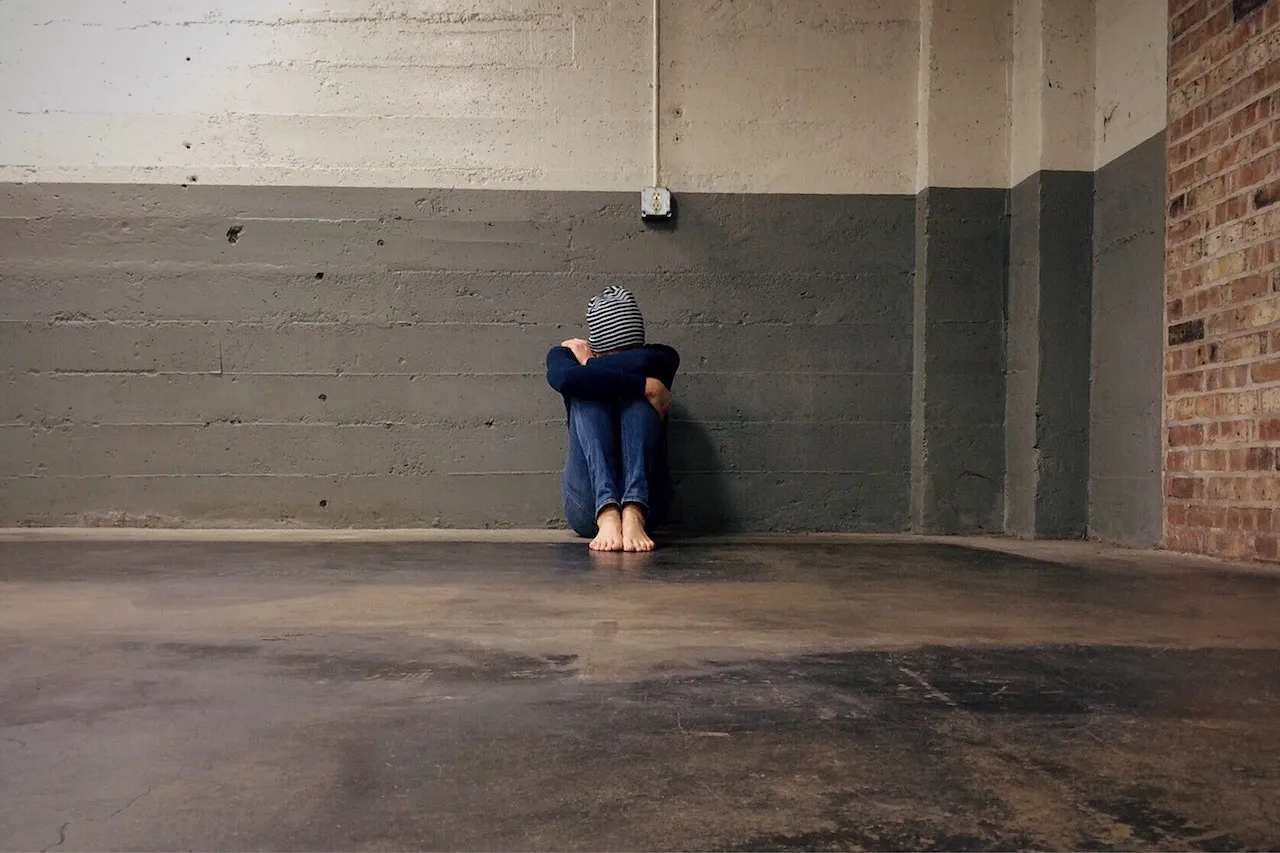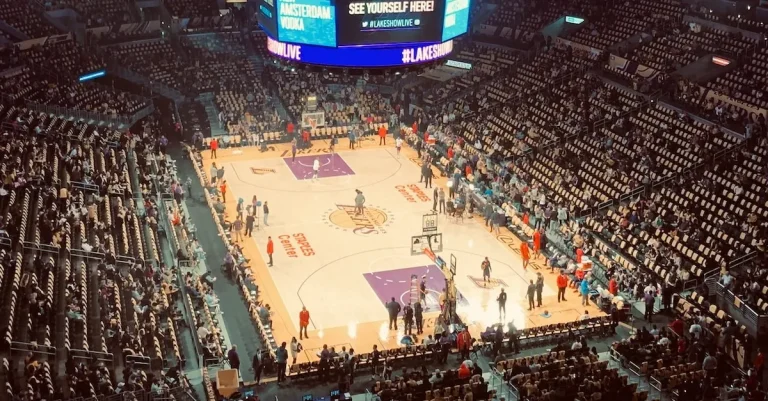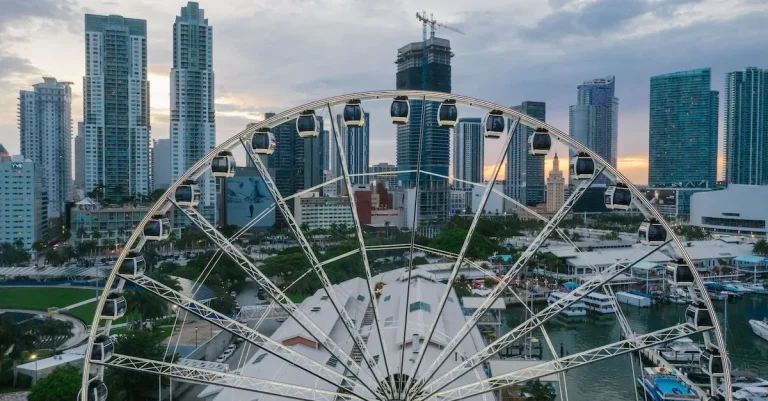Why Are There So Many Homeless People In Las Vegas?
With its world-famous casinos and entertainment, Las Vegas is a city that many dream of visiting. But behind the glitzy facade, it’s also a city with a major homelessness crisis. On any given night, thousands of individuals and families are without a place to call home. If you’ve wondered why homelessness is so prevalent in Las Vegas, read on for an in-depth look at the major causes.
If you’re short on time, here’s a quick overview: Las Vegas has one of the highest rates of unsheltered homeless in the U.S. due to a lack of affordable housing, rising living costs, underfunded services, and an influx of homeless from outside regions.
Las Vegas Has 5th Largest Homeless Population in U.S.
When it comes to homelessness, Las Vegas is unfortunately among the cities that are most affected. In fact, Las Vegas has the 5th largest homeless population in the entire United States. This is a significant issue that requires attention and action from both the local government and the community as a whole.
Over 6,500 Homeless on a Given Night
On any given night, there are over 6,500 individuals experiencing homelessness in Las Vegas. This number includes men, women, and children who are without a stable place to call home. It’s a staggering statistic that highlights the severity of the problem and the need for effective solutions.
One of the major factors contributing to the high homeless population in Las Vegas is the city’s reliance on tourism and the service industry. While the city attracts millions of visitors each year, many of the jobs available are low-wage and seasonal, making it difficult for individuals to secure stable housing.
Additionally, the high cost of living and limited affordable housing options in Las Vegas further exacerbate the issue. As the city continues to grow, the demand for housing increases, putting additional strain on those who are already struggling financially.
77% Are Unsheltered – Highest Rate in U.S.
Another alarming statistic is that 77% of the homeless population in Las Vegas is unsheltered, meaning they do not have access to emergency shelters or transitional housing. This is the highest rate of unsheltered homelessness in the entire United States.
The lack of shelters and affordable housing options poses significant challenges for individuals experiencing homelessness. Without a safe and stable place to sleep, they are more vulnerable to the dangers of living on the streets, such as exposure to extreme weather conditions and increased risk of violence.
Addressing the issue of homelessness in Las Vegas requires a multifaceted approach. It involves not only providing immediate shelter and support for those in need but also implementing long-term solutions such as affordable housing initiatives, job training programs, and mental health services.
Organizations like the Las Vegas Rescue Mission and HELP of Southern Nevada are working tirelessly to provide assistance and resources to individuals experiencing homelessness. These organizations rely heavily on donations and community support to continue making a difference in the lives of those in need.
It is important for the community to come together and support initiatives aimed at reducing homelessness in Las Vegas. By raising awareness, advocating for policy changes, and volunteering time or resources, we can all contribute to creating a safer and more compassionate city for everyone.
Sources:
Lack of Affordable Housing
One of the primary reasons for the high number of homeless people in Las Vegas is the lack of affordable housing. The city has seen a significant increase in median rent prices, making it increasingly difficult for low-income individuals and families to find affordable places to live.
Median Rent Increased Over 40% Since 2009
According to Las Vegas city data, the median rent in the city has increased by over 40% since 2009. This steep rise in housing costs has put a strain on individuals and families who are already struggling financially.
Many find themselves unable to keep up with the rising rent prices, leading to evictions and ultimately homelessness.
Only 25 Affordable Rentals Per 100 Low-Income Renters
The lack of affordable housing options is further exacerbated by the limited number of available rentals for low-income individuals. According to a report by the National Low Income Housing Coalition, there are only 25 affordable rental units available for every 100 low-income renters in Las Vegas.
This means that a significant portion of the population is left without suitable and affordable housing options.
Low Vacancy Rates
Another contributing factor to the scarcity of affordable housing in Las Vegas is the low vacancy rates. The city has experienced a surge in population growth in recent years, leading to increased demand for housing.
With limited available units and high demand, landlords have the upper hand, driving up rental prices and making it more difficult for low-income individuals to secure housing.
High Living Costs and Stagnant Wages
One of the main reasons for the high number of homeless people in Las Vegas is the combination of high living costs and stagnant wages. Despite being a popular tourist destination and having a thriving entertainment industry, many residents struggle to make ends meet due to the high cost of living in the city.
Nevada Minimum Wage Remains at $8.75/hour
One contributing factor to the issue is the relatively low minimum wage in Nevada. Currently, the state’s minimum wage stands at $8.75 per hour, which is significantly lower than the national average. This makes it difficult for individuals working minimum wage jobs to afford the high cost of housing, utilities, and other basic necessities.
According to the U.S. Department of Labor, more than 200,000 workers in Nevada earn the minimum wage or less. With such low wages, it becomes challenging for individuals to secure stable housing and avoid homelessness.
Food, Healthcare and Utilities Costs Rising
Additionally, the cost of essential goods and services, such as food, healthcare, and utilities, has been steadily increasing in Las Vegas. This rise in prices further exacerbates the financial burden on low-income individuals and families, making it even more challenging for them to afford stable housing.
For example, according to the U.S. Department of Agriculture, the average monthly cost of food for a family of four in the United States is approximately $1,000. However, in areas with a higher cost of living like Las Vegas, this figure can be significantly higher.
When individuals are struggling to meet their basic needs, paying for housing can become impossible, leading to homelessness.
The rising cost of healthcare and utilities also adds to the financial strain faced by individuals in Las Vegas. Medical expenses can quickly accumulate, especially for those without access to affordable health insurance.
Similarly, the cost of utilities, such as electricity and water, can be a significant portion of a household’s expenses, leaving little room for other necessities.
Underfunded Social Services and Mental Healthcare
Nevada Ranks 51st in Mental Health Funding
One of the key reasons for the high number of homeless people in Las Vegas is the underfunding of social services and mental healthcare in Nevada. According to a report by Mental Health America, Nevada ranks 51st (including the District of Columbia) in terms of mental health funding.
This lack of financial resources severely limits the availability of mental health services and support systems for those who are struggling with mental health issues.
Without adequate funding, mental health facilities are unable to provide the necessary treatment and support to individuals experiencing homelessness. This can contribute to a cycle of homelessness, as untreated mental health conditions can make it difficult for individuals to maintain stable housing and employment.
It is crucial for the government and policymakers to prioritize mental health funding and allocate sufficient resources to address the mental health needs of the population. By investing in mental healthcare, more individuals can receive the treatment they need and have a better chance of escaping homelessness.
Long Waits for Rehab Programs and Housing Assistance
Another factor that exacerbates the homelessness issue in Las Vegas is the long waits for rehab programs and housing assistance. Many individuals struggling with addiction or mental health issues may seek help through rehabilitation programs, only to be faced with extensive waiting lists.
These long waits can deter individuals from seeking the help they need, leaving them vulnerable to prolonged periods of homelessness. Additionally, the lack of available affordable housing options further compounds the problem, as individuals may struggle to find stable and affordable housing after completing a rehab program.
Addressing this issue requires a multi-faceted approach. It involves not only increasing funding for rehab programs and housing assistance but also streamlining the application process to ensure that individuals can access these services in a timely manner.
By reducing wait times and increasing the availability of affordable housing, more individuals can successfully transition out of homelessness and regain stability in their lives.
In-Migration of Homeless from Other States
One of the reasons for the high number of homeless people in Las Vegas is the in-migration from other states. Many homeless individuals are bused in from California, Arizona, and other regions in search of better opportunities or assistance.
The proximity of Las Vegas to these states makes it a convenient destination for those seeking help or a fresh start.
Bused in from California, Arizona and Other Regions
California, in particular, has a significant homeless population, and some of these individuals end up in Las Vegas due to the availability of homeless services and support. Buses organized by charitable organizations or government agencies transport homeless individuals to Las Vegas, where they can access shelters, food banks, and other resources.
This influx of homeless individuals from neighboring states contributes to the overall high numbers in Las Vegas.
Drawn by Legalized Gambling, 24/7 Lifestyle
Another factor that attracts homeless individuals to Las Vegas is the city’s legalized gambling and 24/7 lifestyle. The allure of the casinos and the possibility of hitting it big can be enticing for those experiencing economic hardship.
Additionally, the city’s vibrant nightlife and round-the-clock entertainment create an environment that may appeal to homeless individuals seeking excitement or a chance to escape their current situation.
It is important to note that while these factors contribute to the high number of homeless people in Las Vegas, they do not tell the whole story. Homelessness is a complex issue with various underlying causes, including poverty, lack of affordable housing, mental health issues, and substance abuse.
Addressing homelessness requires a multi-faceted approach that involves not only providing immediate assistance but also tackling the root causes of homelessness.
Conclusion
While Las Vegas draws visitors from around the world, it has not adequately supported its own residents struggling with homelessness. Only by addressing root causes like lack of affordable housing, underfunded services, and barriers to stable employment can the city begin to provide real solutions.








